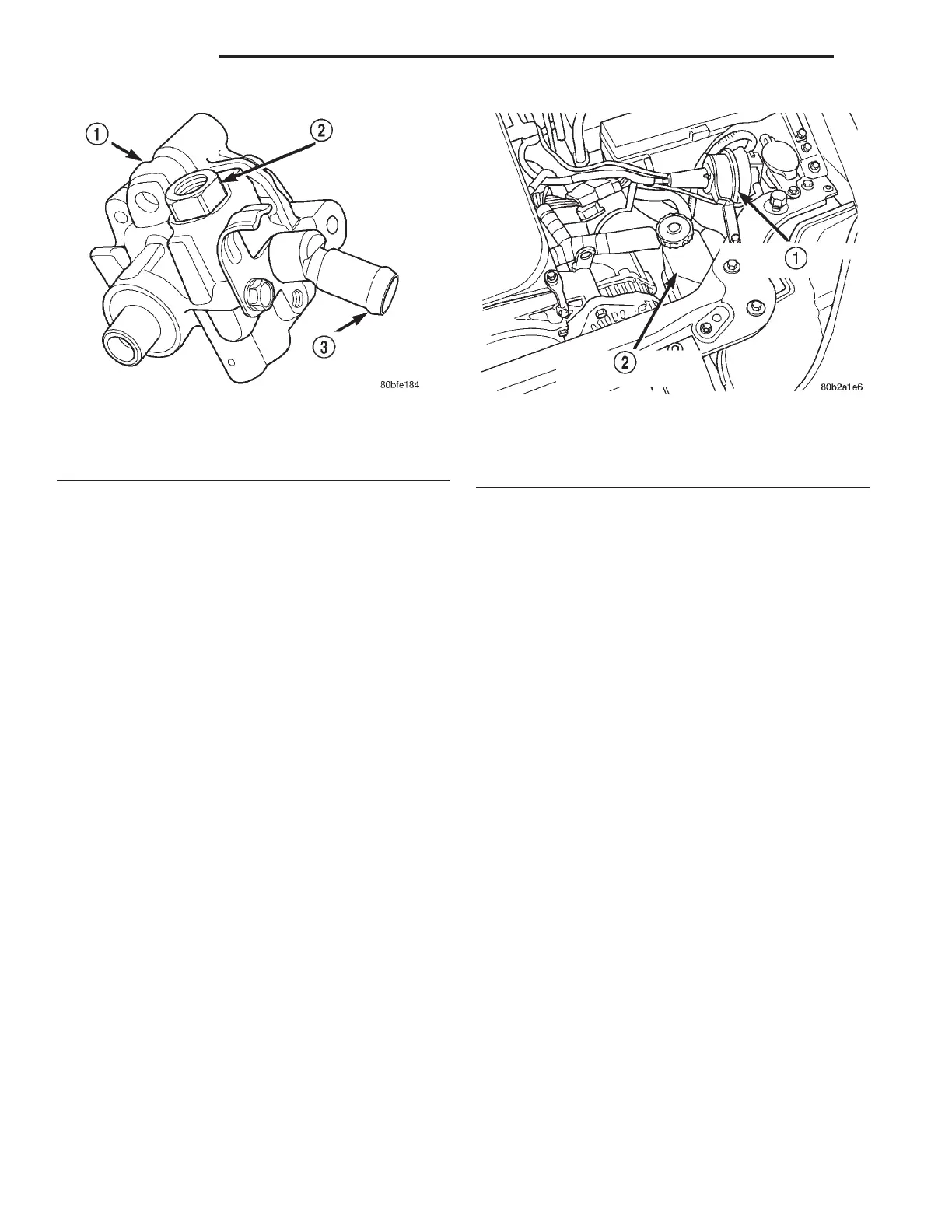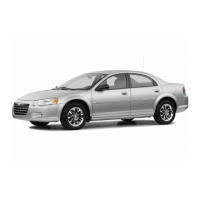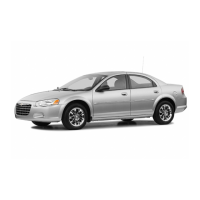operation, a regulated amount of oil returns to the
pump intake side through a flow control valve. The
flow control valve reduces the power required to
drive the pump and holds down temperature build-
up.
When steering conditions exceed maximum pres-
sure requirements, such as turning the wheels
against the stops, the pressure built up in the steer-
ing gear also exerts pressure on the spring end of the
flow control valve. The end of the valve houses the
pressure relief valve. High pressure lifts the relief
valve ball from its seat and allows oil to flow through
a trigger orifice located in the outlet fitting. This
reduces pressure on the spring end of the flow con-
trol valve which then opens and allows the oil to
return to the intake side of the pump. This action
limits maximum pressure output of the pump to a
safe level.
Under normal power steering pump operating con-
ditions, the pressure requirements of the pump are
below maximum, causing the pressure relief valve to
remain closed.
In the event of a power steering pump drive belt
failure, manual steering control of the vehicle can
still to be maintained. However, under these condi-
tions, steering effort will significantly increase.
POWER STEERING FLUID RESERVOIR
DESCRIPTION
Vehicles equipped with the 2.7 liter engine use a
power steering pump that has an integral reservoir
(Fig. 1). Vehicles equipped with the 3.2 liter or 3.5
liter engine use a power steering pump that has a
remotely mounted reservoir (Fig. 3).
OPERATION
The power steering fluid reservoir stores fluid for
the power steering system.
SERVICE PROCEDURES
POWER STEERING PUMP INITIAL OPERATION
CAUTION: The fluid level should be checked with
engine off to prevent injury from moving compo-
nents. Use only MoparT Power Steering Fluid. Do
not use automatic transmission fluid. Do not over-
fill.
Wipe the power steering fluid reservoir and filler
cap clean. Check the level of the power steering fluid
in the reservoir. The power steering fluid level should
be between MAX. COLD and MIN. COLD when the
fluid is at a normal ambient temperature of approxi-
mately 32°C to 43°C (90°F to 110°F).
(1) Fill the pump fluid reservoir to the proper level
and let the fluid settle for at least two (2) minutes.
(2) Start the engine and let run for a few seconds.
Then turn the engine off.
(3) Add fluid if necessary. Repeat the above proce-
dure until the fluid level remains constant after run-
ning the engine.
(4) Raise the front wheels off the ground.
(5) Start the engine. Slowly turn the steering
wheel right and left, lightly contacting the wheel
stops for less than 2 seconds at a time.
(6) Add power steering fluid if necessary.
(7) Lower the vehicle and turn the steering wheel
slowly from lock to lock.
Fig. 2 Power Steering Pump (3.2L/3.5L Engine)
1 – POWER STEERING PUMP
2 – PUMP PRESSURE FITTING
3 – FLUID SUPPLY FITTING
Fig. 3 Power Steering Fluid Reservoir (3.2L/3.5L
Engine)
1 – SPEED CONTROL SERVO
2 – POWER STEERING FLUID RESERVOIR
19 - 20 STEERING LH
DESCRIPTION AND OPERATION (Continued)

